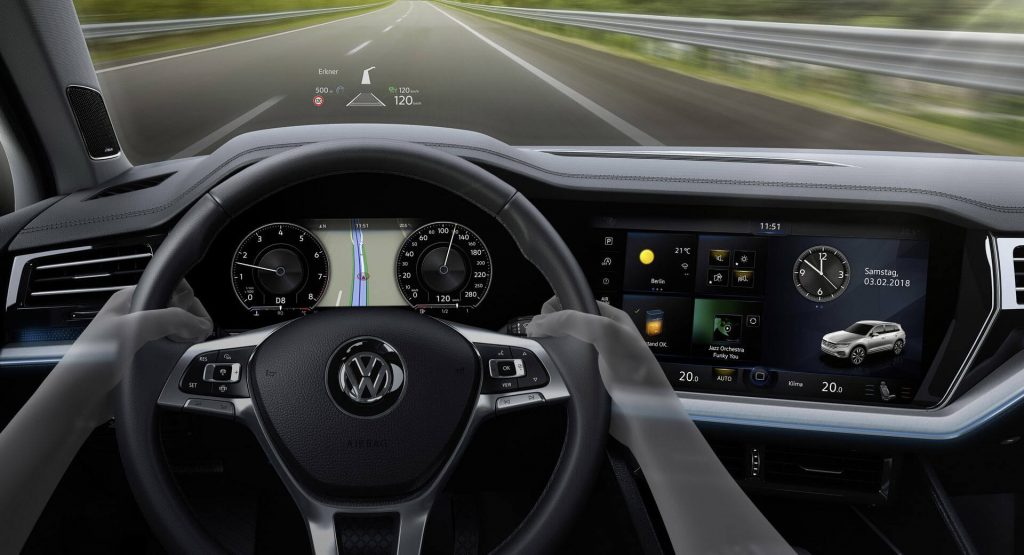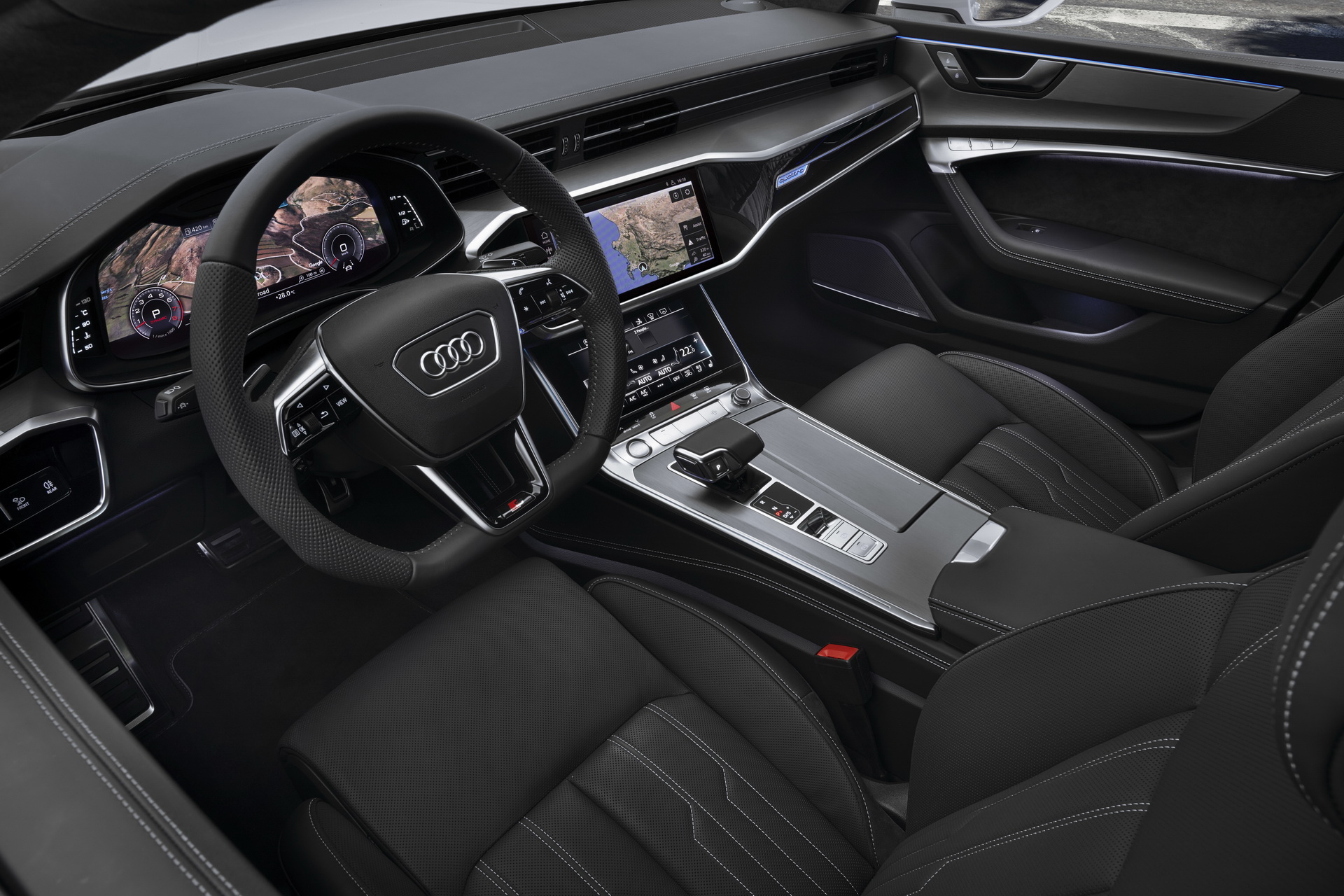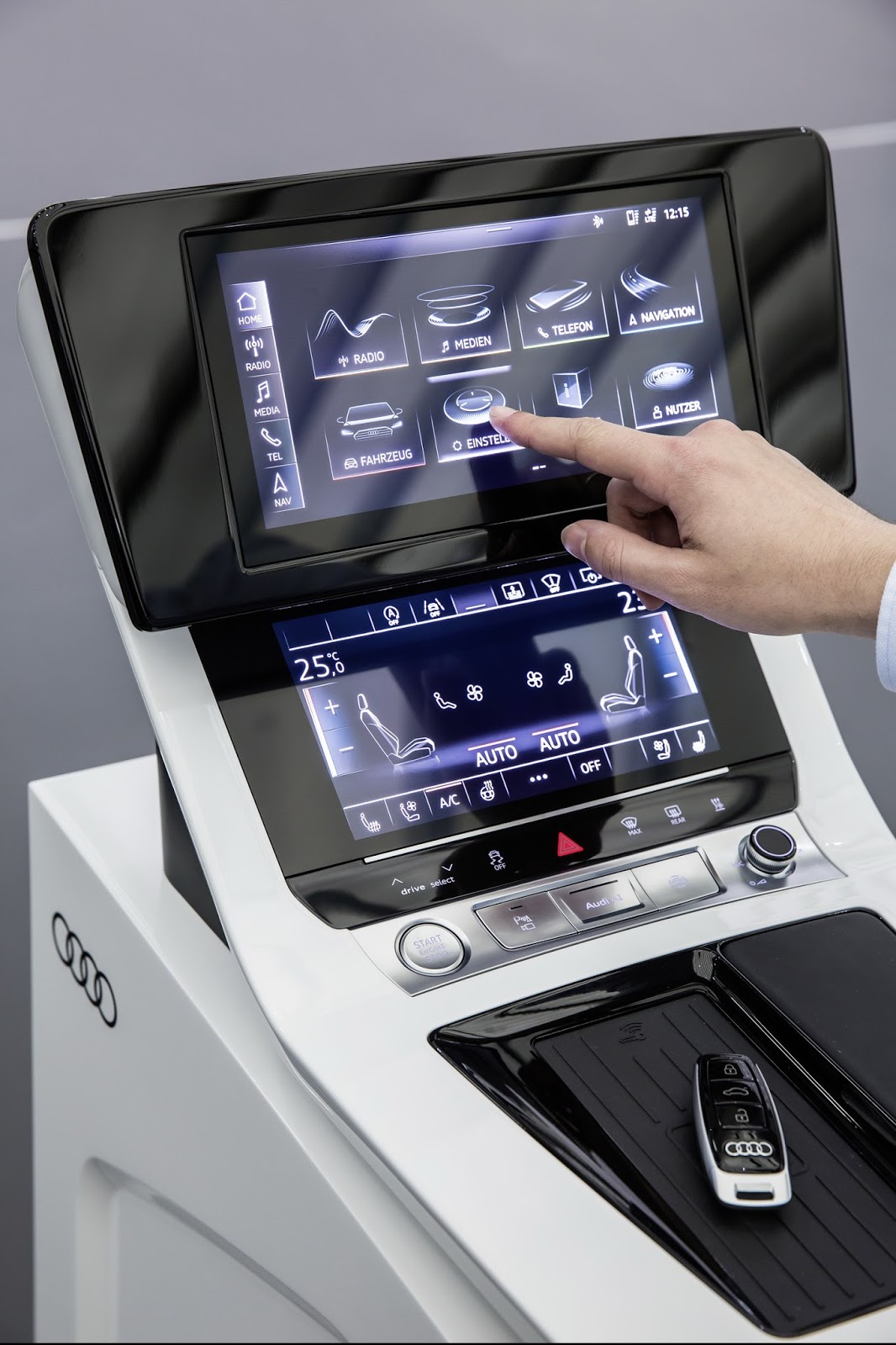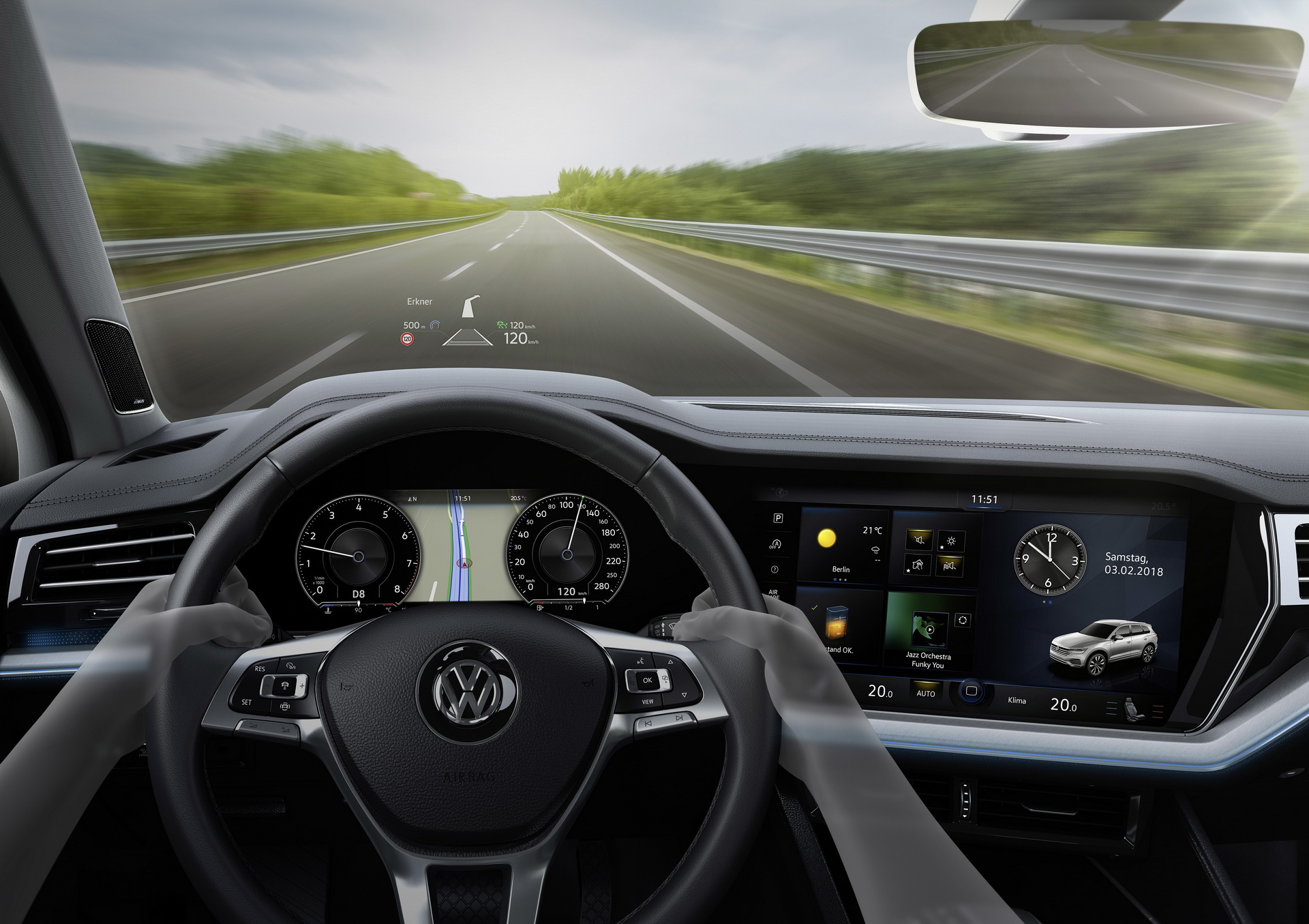Even though most cars on the road today still feature the good old fashioned gauge cluster, a look inside some of the world’s newest car models shows how dials are being replaced with flat screens.
So if you happen to sit behind the wheel of a brand new BMW or Mercedes-Benz model, odds are that the display panel right in front of you was made by Japan Display, the world’s largest supplier of on-board digital panels.
The Japanese company is now betting that the electric car movement will eventually make digital displays the key selling point for any vehicle, since drivers will begin to pay more attention to the cabin rather than what’s underneath the hood.
“It used to be all about the engine – how many cylinders, how much horse power, the sound of it – but with electric vehicles that’s all gone,” stated Japan Displays boss Holder Gerkens, in an interview with Autonews. “How do you create attraction? You can do a lot with displays.”
For now however, these types of screens are found mostly in high-end models built by the likes of BMW, Mercedes and Audi, although the rest of the industry is catching up quickly.
Gerkens added that his company, which is already supplying about 30% of the European car market, will be expanding in the U.S., Japan and China, and will look to control more than the 19% it held so far of the $6.7 billion automotive display market. Behind them was LG Display, with 14%.
As for what the next step is with regards to display technology, all signs point to OLEDs, such as the ones built by Samsung and LG. The problem right now is that they have a limited lifetime and cost considerably more, despite being thinner and more efficient than regular LCDs. This means it could take a while before automakers figure out how to implement them.
“We are moving away from flat rectangular shaped displays,” concluded Gerkens. “The future will be more and more design driven.”






